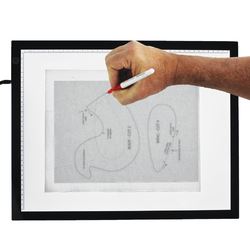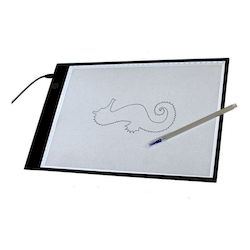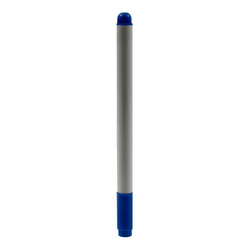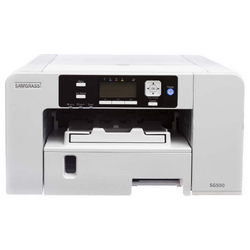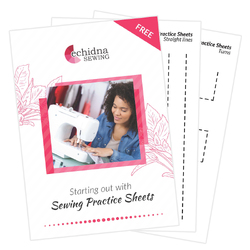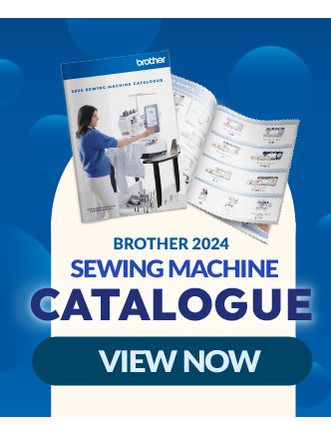Sewing On Paper: How To Do It Safely
Author: Ella Holmes
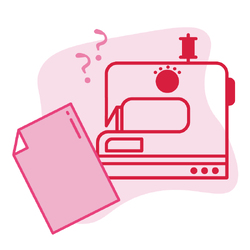
There are several reasons why you may want to use your sewing machine to sew on paper. Perhaps you’re looking to practice stitching straight lines and shapes, or you’re trying out a new project.
While sewing on paper is not technically a hazardous process, we recommend doing it only when absolutely necessary.
When done in moderation and with care for your machine, sewing on paper should not be a problem. How do you do this? We’ve got some handy tips to help you stitch with confidence!
Choose your paper wisely. Sewing on thicker paper, like cardstock, is not something that should be done all the time. Different paper coatings can also impact your machine and needle in different ways, so it’s important to use thin paper or paper designed for sewing, rather than paper that is clay-coated or made for other applications. Sewing on paper-based products such as tearaway or thin printer paper is safest, though you should still pay attention to our machine maintenance tips further down.
Sewing on paper dulls your needles over time. Much like sewing through other materials, you should keep an eye on the quality and ease with which your machine is stitching to ensure you’re not trying to sew with a blunt needle. Paper is less flexible and forgiving than fabric, so blunting your needle and trying to sew with it can affect the outcome of your creative projects. A blunt needle can damage your fabric, skip stitches and break your thread, among other issues.
Paper lint can build up inside your machine. As you stitch on paper, the fibres of the paper can be dragged down into the working mechanism of the machine, which can cause a number of issues. You don’t want an accumulation of lint and paper in your bobbin area anyway, but paper fibre can lodge in the bobbin area and potentially disrupt tensions. It can also mix with lubricants in your machine and dry them out, which can create an abrasive compound that may wear out parts prematurely.
Help ensure the life of your machine by practising good machine care and maintenance after sewing. To prevent any issues arising from sewing on paper, we recommend that you follow these handy tips:
- Take out the needle and bobbin case and clean it. The debris inside may seem small and harmless, but it will build up, and it’s better to be safe than sorry.
- If your machine is one that requires oiling in the hook or bobbin areas, re-apply oil after cleaning.
- Don’t use a can of air to spray-clean your machine. It might look quick and easy, but it runs the risk of blowing lint and fibres back or even further inside your machine parts. This can cause significant problems. Instead, you can use a soft, quality bristle brush and tweezers to gently remove any lint and build-up. Mini vacuums and mini vacuum attachments can also be used to clean these small areas.
Taking care of your machine is one of the most important things you can do, and we have plenty of tips, tricks, and advice on the matter. Read our article on Maintaining Your Machine for more information.
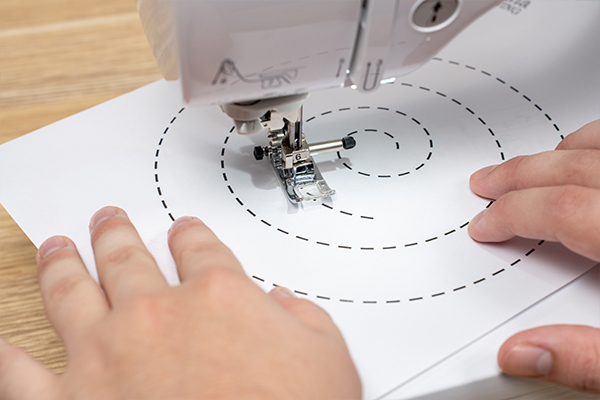
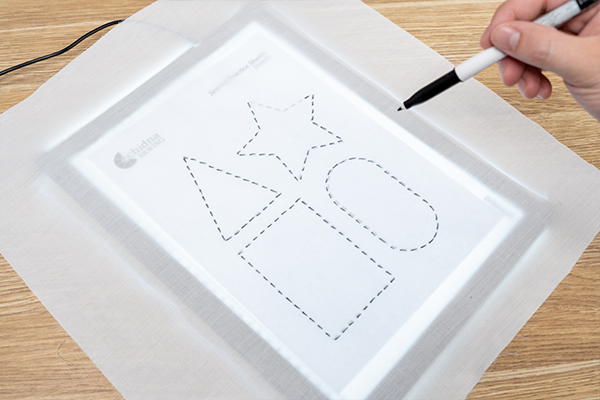
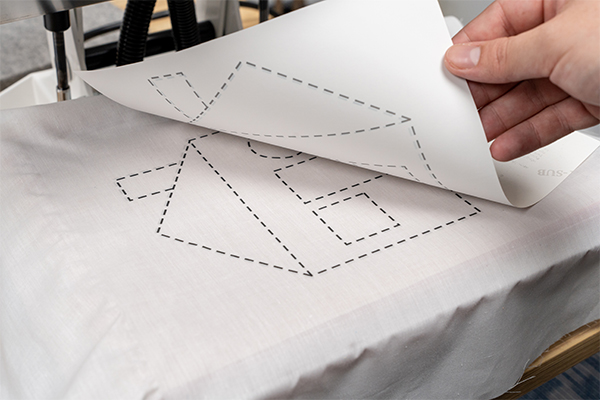
What are the alternatives to sewing on paper? If you’re looking to practice sewing straight lines or shapes, we recommend using a light box to trace those lines and shapes onto a cheap material such as calico. We have a free template and instructions here, and recommend using an unthreaded machine for less stress and less mess as you practice! And if you’re going to stitch on paper for an extended period of time, you should keep an eye on your needle and notice when to change it for a new one.
You can even use dye sublimation to transfer sewing templates onto fabric. This method of printing transfers images onto fabric using transfer paper and thermal heat, and you're not limited to simple template designs! Using dye sublimation, you can even print photos onto fabrics, coasters, and other blanks. Learn more about dye sublimation here →

